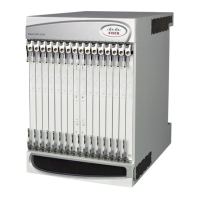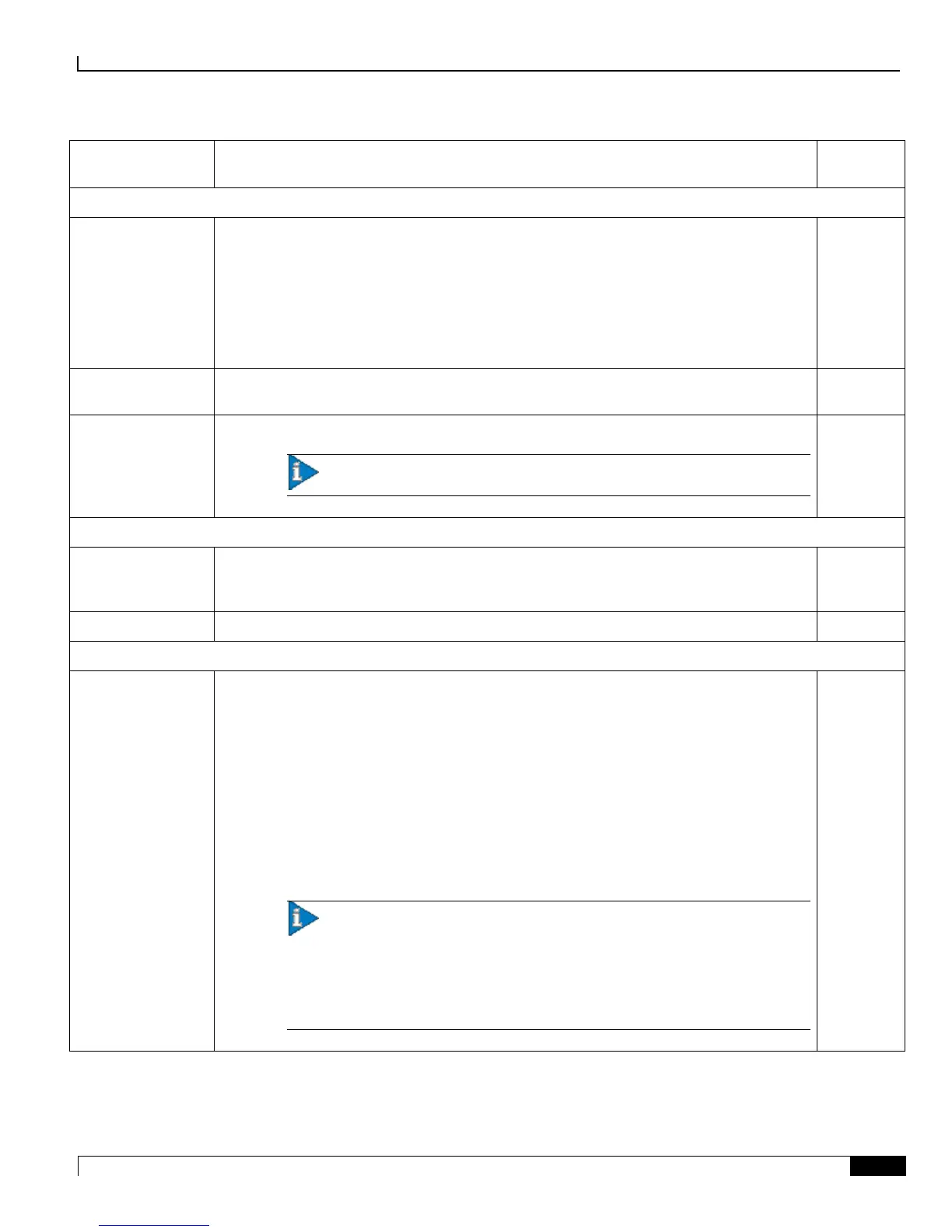If you want Process Monitor (PSMON) alert messages automatically e-mailed to a specific
person, type the host name or IP address of a valid SMTP server. Press ENTER for no SMTP
server and e-mail recipient.
Type the maximum lifetime, in days, after which the EDR/NBR/UDR files should be deleted
from the L-ESS base directory or local destinations.The value must be an integer from 0
through 30.
When the parameter is set to 0, the L-ESS will not delete any files. The L-ESS deletes the file
from base directory after it is pushed to all required destinations. If the data record file is not
pushed to a destination, it will be kept in the base directory.
Also if files are not getting deleted from local destination paths by the application that is
using them, files will keep on accumulating on these paths causing unnecessary disk space
utilization.
You can control lifetime of the data records with the cleanup script. You must start the
cleanup script by providing path of L-ESS base directory. Refer to the Using the Cleanup
Script section for more details.
Important: If you are configuring the destination for a mediation device
you may want to enable File expiry duration parameter so that the files are deleted
periodically to maintain the disk space. On the other hand, if it is any other
application (e.g. R-ESS) that takes care of deleting the files after processing, it is
advised that the File expiry duration parameter is not configured (leave its value as
0 i.e. default).

